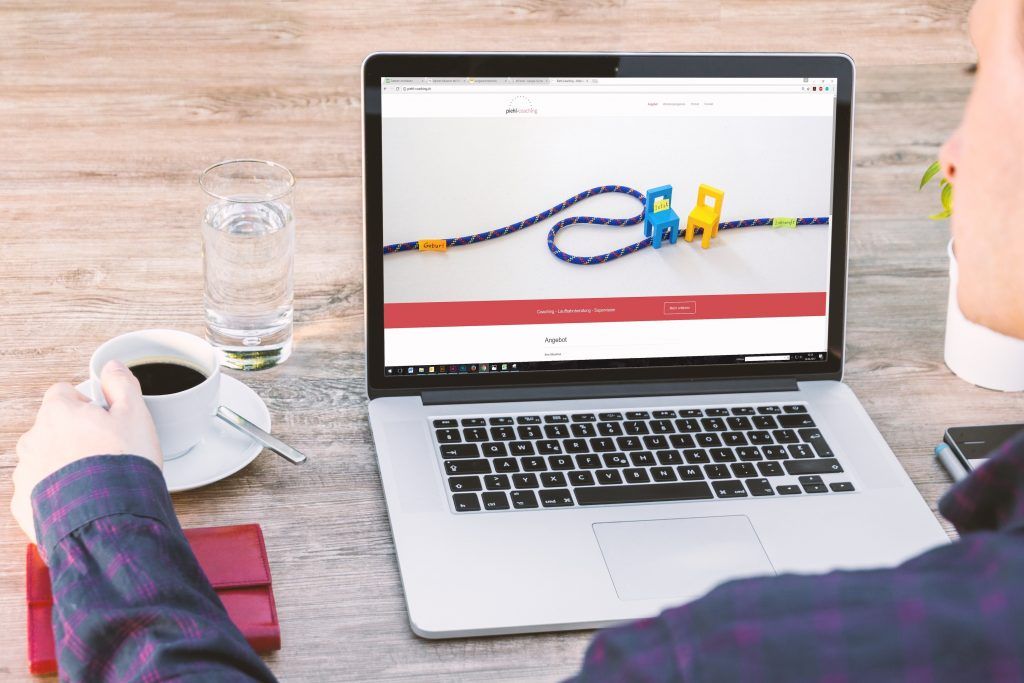How to choose a Learning Management System

A learning management system (LMS), provides, maintains, records, and generates results for online courses and training programs.
Today, more than ever, LMS platforms are thriving as they offer quick and easy access to training in any situation. But how can RTOs pick the best LMS platform for their learning requirements?
In this post, we’ll look at three key criteria for selecting the best training software to try to answer this question.
1. Understand Learning Needs
Before you go looking through dozens of LMS, ponder the goals and criteria of your RTO’s learning courses.
Let’s say your RTO is running an introductory training course for a particular coding language. Your students could then come from all across the world. For this, you’ll need features like user registration, navigation through the course lessons, taking a quiz, setting up a timer, displaying course progress, issuing certifications, and many more.

On the other hand, an LMS for a fashion design or animation course requires more interaction between students and their instructor. In this case, the LMS should allow the students to share their sketches, upload assignments, and comment on each other’s work.
In case you want to replace your current LMS, make sure to ask your students what they like best about your existing LMS and what they would like to change.
2. Consider an Accurate LMS Budget
Buying an LMS may be a very expensive part of an eLearning development plan. The actual cost of a new LMS is usually split into two types: hard costs and hidden costs. In some cases, each type might be up to thousands of dollars.
The hard costs of an LMS are those that ‘everyone knows about’, such as setup fees, licencing fees, and pricing models. The hidden costs of an LMS, however, are all costs that may only be discovered after the LMS has been implemented. Some hidden costs are, for example, time, staff training, new upgrades, and add-ons to customise the LMS for your business.

Sometimes, a new LMS with a low or no initial purchase cost may require a significant amount of time and a longer training process, which might result in more expenditures than a high-priced LMS that seamlessly integrates into your company’s procedures.
It’s, therefore, crucial to take time to research, compare different LMS systems, and choose the one that will help you and your RTO to apply and manage effortlessly in the long run.
3. Test the LMS
When you buy a car, you’ll need to take it for a test drive. Similarly, demos are essential for obtaining a feel for a new LMS and determining whether it will assist your RTO in achieving your learning objectives.
When running tests on the new LMS, you might need to:
- Make sure that it has all features that match your learning requirements and they perform properly.
- Spend time getting to know the new LMS and select one with user-friendly interfaces.
- Allow several users to log in and test various LMS functions at the same time to see whether usability is impacted or if the system slows down.
- Upload training materials and formats that your learning courses expect to use in the future.
- Have multiple staff members test the LMS and gather their feedback.

In addition, once you’ve figured out what support services are provided, make an attempt to contact them. If the support engineer assists you in solving the problem, pay attention to how quickly you obtain an answer and how easy it is to speak with them.
_
What features would instructors, tutors, students, and administrators value the most? Keep in mind that each RTO is unique, therefore the answer to this question will vary from one to another. An LMS that is the perfect fit for one institution may not be right for yours.
We hope that following this guidance will assist you in selecting an LMS that is tailored to your RTO’s budget and needs, and take your courses to the next level!
